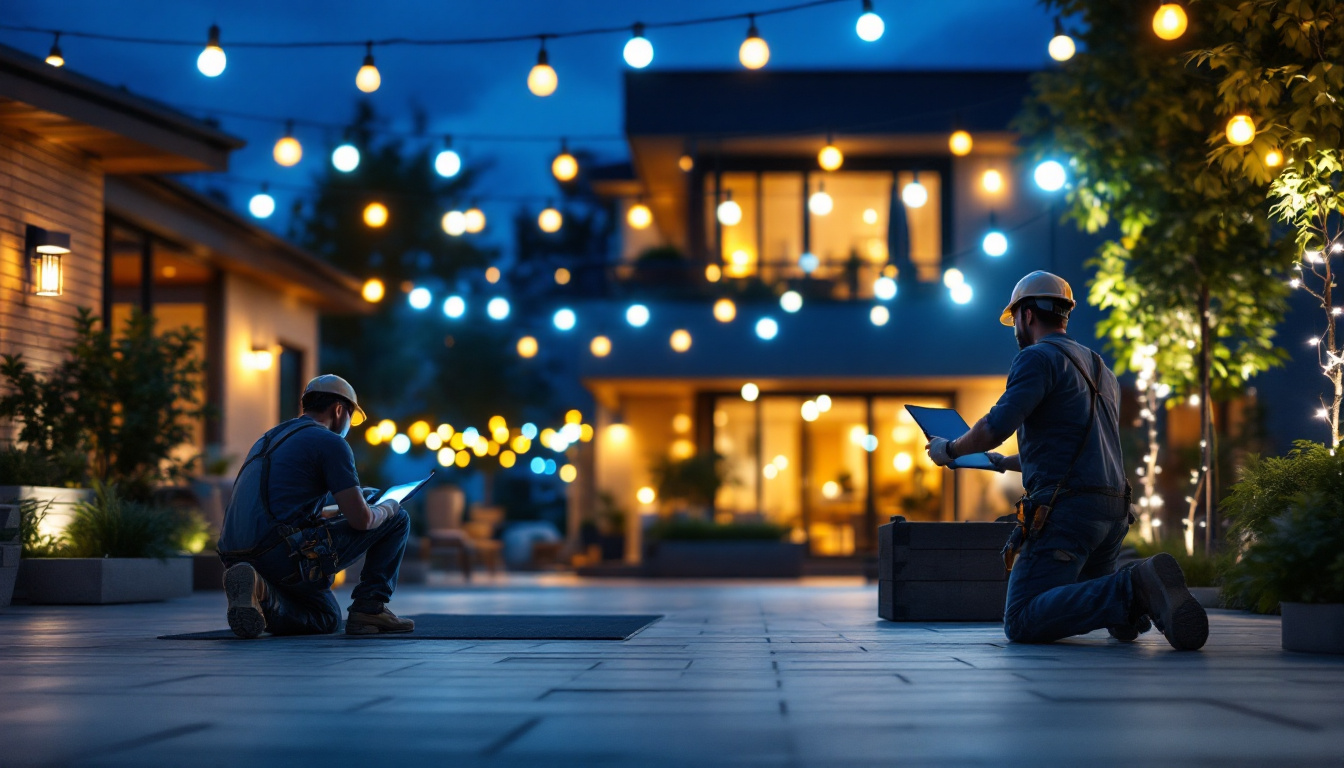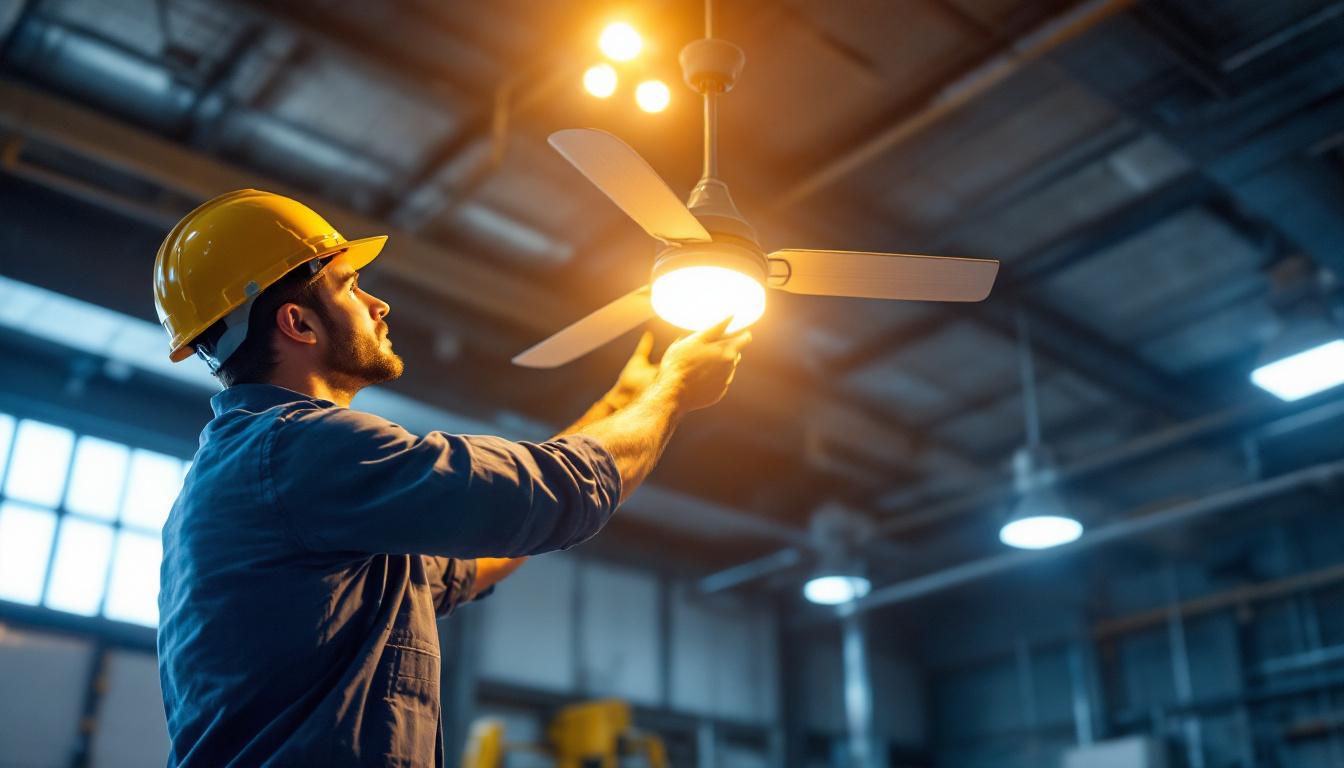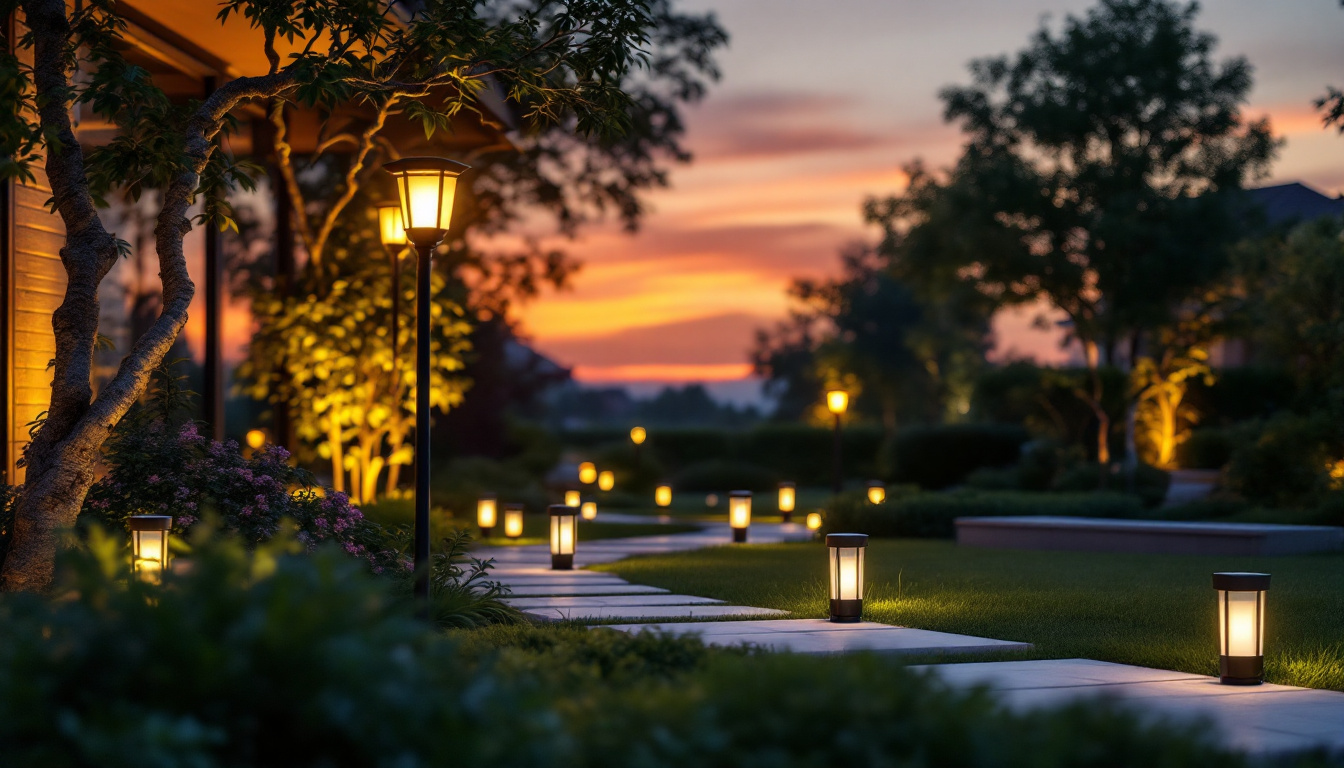
As the demand for energy-efficient and sustainable lighting solutions continues to rise, LED lights have emerged as a popular choice for outdoor applications. Lighting contractors are increasingly tasked with integrating these innovative technologies into their projects. However, while LEDs offer numerous advantages, they also come with certain drawbacks that professionals in the field must consider. This article delves into the pros and cons of LED outdoor lights, providing valuable insights for lighting contractors.
One of the most significant benefits of LED outdoor lighting is its energy efficiency. LEDs consume substantially less power compared to traditional incandescent or halogen bulbs. This efficiency translates into lower electricity bills for clients, making it an attractive option for both residential and commercial projects. In an era where energy conservation is paramount, promoting LED solutions can enhance a contractor’s reputation as a forward-thinking professional.
Moreover, the reduced energy consumption of LEDs contributes to a decrease in greenhouse gas emissions. Lighting contractors can highlight this environmental benefit to clients who prioritize sustainability, further solidifying their position as responsible service providers. In fact, studies have shown that switching to LED lighting can reduce energy usage by up to 80%, which not only benefits the environment but also supports local and global initiatives aimed at reducing carbon footprints. This aspect can be particularly appealing to businesses looking to improve their corporate social responsibility (CSR) profiles.
LED lights are known for their impressive lifespan, often lasting up to 25,000 hours or more. This longevity means that clients will not have to replace bulbs as frequently, which can be a significant selling point for contractors. The reduced need for replacements not only saves money but also minimizes the hassle of maintenance, making LED lighting a practical choice for outdoor settings.
Additionally, LED fixtures are typically more durable than traditional lighting options. They are less susceptible to breakage due to their solid-state construction, making them ideal for outdoor environments where exposure to weather elements is a concern. This durability ensures that lighting contractors can deliver reliable solutions that withstand the test of time. Furthermore, many LED products are designed to be water-resistant and can operate effectively in extreme temperatures, making them suitable for a wide range of climates and conditions. This resilience not only provides peace of mind for clients but also enhances the overall value of the installation.
LED outdoor lights come in a wide variety of styles, colors, and designs, allowing contractors to tailor their lighting solutions to meet the specific needs and preferences of their clients. Whether it’s for illuminating pathways, enhancing security, or creating ambiance in outdoor living spaces, there is an LED option available for nearly every application.
Furthermore, the ability to choose from various color temperatures enables contractors to create the desired atmosphere. Warm white LEDs can evoke a cozy feel, while cool white options can provide a modern and sleek look. This versatility not only enhances the aesthetic appeal of outdoor spaces but also allows contractors to showcase their creativity and expertise. Additionally, many LED fixtures now come with smart technology features, enabling clients to control their outdoor lighting remotely via smartphone apps or voice commands. This integration of technology not only adds convenience but also allows for dynamic lighting scenarios, such as dimming or changing colors, to suit different occasions or moods, further elevating the outdoor experience.
Despite the long-term savings associated with LED lighting, the initial investment can be a barrier for some clients. LED fixtures typically come with a higher upfront cost compared to traditional lighting options. Lighting contractors may encounter resistance from clients who are hesitant to spend more initially, even if they understand the potential for future savings.
To overcome this challenge, contractors can provide detailed cost-benefit analyses that illustrate the long-term savings associated with reduced energy consumption and maintenance costs. Educating clients about the value of investing in quality LED lighting can help mitigate concerns about the initial expense. Additionally, contractors can highlight available incentives, such as rebates or tax credits, that may offset the initial costs, making the transition to LED lighting more appealing.
Another consideration for lighting contractors is the compatibility of LED lights with existing outdoor lighting systems. In some cases, retrofitting older fixtures to accommodate LEDs may require additional components or modifications. This can complicate installations and potentially increase labor costs.
Contractors should assess the existing infrastructure before proposing LED solutions. Understanding the compatibility issues can help in providing accurate estimates and timelines, ensuring a smoother installation process. Additionally, staying informed about the latest advancements in LED technology can aid in finding solutions that minimize compatibility challenges. For instance, some manufacturers offer LED retrofit kits specifically designed to fit into older fixtures, allowing for a seamless upgrade without the need for complete replacements.
While LEDs are more efficient than traditional bulbs, they still produce some heat. Effective heat management is crucial for maintaining the performance and longevity of LED lights. In outdoor applications, where fixtures may be exposed to varying temperatures, ensuring adequate heat dissipation is essential.
Lighting contractors must consider the design and placement of LED fixtures to prevent overheating. Utilizing fixtures with proper heat sinks or ensuring adequate airflow can help mitigate this issue. Educating clients about the importance of heat management can also enhance their understanding of LED technology and its requirements. Furthermore, incorporating smart technology that monitors temperature and adjusts brightness accordingly can not only enhance energy efficiency but also prolong the life of the fixtures, providing an added layer of reassurance for clients concerned about performance in fluctuating weather conditions.
When installing LED outdoor lighting, it is crucial for lighting contractors to be aware of local regulations and codes. Many municipalities have specific guidelines regarding outdoor lighting, particularly in residential areas where light pollution may be a concern. Understanding these regulations can help contractors avoid potential fines and ensure that their installations comply with local standards.
Contractors should also stay informed about any incentives or rebates available for energy-efficient lighting solutions. Many regions offer financial incentives for installing LED lights, which can further encourage clients to make the switch. Being knowledgeable about these programs can enhance a contractor’s value proposition. Furthermore, contractors should also consider the environmental impact of their installations, as many local governments are increasingly focused on sustainability. By promoting eco-friendly practices and adhering to regulations, contractors can not only improve their reputation but also contribute positively to the community.
Effective outdoor lighting design requires a balance between functionality and aesthetics. Lighting contractors must consider the specific needs of the space, such as safety, security, and ambiance, while also ensuring that the lighting enhances the overall appearance of the area.
Utilizing a combination of different lighting techniques, such as uplighting, downlighting, and accent lighting, can create a dynamic and appealing outdoor environment. Contractors should work closely with clients to understand their vision and preferences, allowing for a collaborative design process that results in a successful installation. Additionally, considering the surrounding landscape and architectural features can further elevate the design. For instance, strategically placing lights to highlight trees or pathways not only improves visibility but also creates a warm and inviting atmosphere that can transform an ordinary outdoor space into an enchanting retreat.
As LED technology continues to evolve, ongoing training and education are essential for lighting contractors. Staying updated on the latest advancements, installation techniques, and product offerings can help contractors remain competitive in the industry. Many manufacturers offer training programs and resources to assist contractors in enhancing their knowledge and skills.
Additionally, educating clients about the benefits and features of LED lighting can foster trust and confidence in the contractor’s expertise. Providing informative materials or hosting workshops can position contractors as knowledgeable professionals in the field, ultimately leading to increased customer satisfaction and referrals. Moreover, embracing digital tools such as design software can streamline the planning process and allow contractors to present their ideas visually, making it easier for clients to understand the proposed lighting solutions. This proactive approach not only enhances the contractor’s service offerings but also empowers clients to make informed decisions about their outdoor lighting projects.
LED outdoor lighting presents a wealth of opportunities for lighting contractors, offering energy efficiency, longevity, and aesthetic versatility. However, it is essential to navigate the challenges associated with initial costs, compatibility, and heat management. By understanding the pros and cons of LED lights, contractors can make informed decisions that benefit both their clients and their businesses.
By embracing ongoing education and staying attuned to industry trends, lighting contractors can position themselves as leaders in the field. The transition to LED technology is not just a trend; it is a step toward a more sustainable and efficient future in outdoor lighting. As the demand for energy-efficient solutions continues to grow, lighting contractors who adapt and innovate will thrive in this evolving landscape.
Ready to elevate your outdoor lighting projects with the most energy-efficient, durable, and aesthetically pleasing LED solutions? Look no further than LumenWholesale. We provide lighting contractors with the highest quality, spec-grade lighting products at prices that can’t be beaten. Say goodbye to local distributor markups and hello to superior lighting that meets the highest industry standards. With our hassle-free bulk buying and free shipping, you can ensure your projects shine without the worry of hidden fees. Take the step towards a brighter, more sustainable future and Wholesale Lighting at the Best Value with LumenWholesale today.

Discover why LED garage ceiling lights are a game-changer for lighting contractors.

Discover the pitfalls lighting contractors often encounter when installing industrial ceiling fans.

Discover the benefits of solar power lights and learn how to future-proof your lighting projects with sustainable, energy-efficient solutions.

Discover how exterior lamps can significantly impact the profitability of lighting contractors.